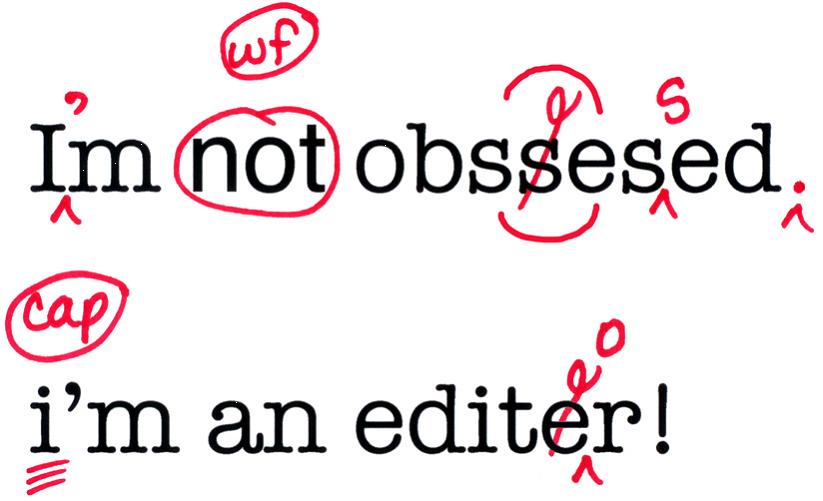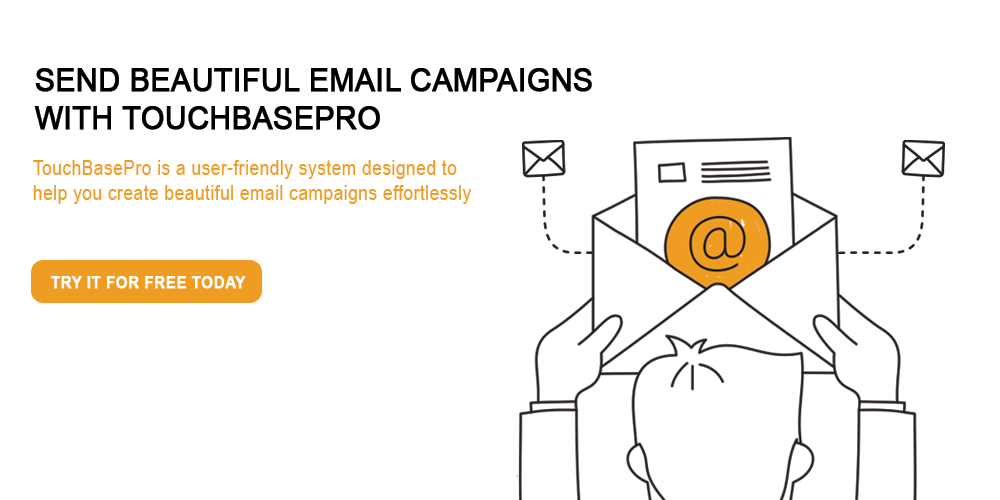Sometimes, copywriting sucks. If you’re trying to launch a new product or feature, it can be hard to put down in words. How are you supposed to make this appealing to your customers? What are you supposed to say to get people as excited as you are? When you’re drawing a blank on answering those questions, it might feel like it’s impossible to write a good email copy. Luckily, it’s not, it’s actually really easy.
The key to good copywriting is this: Keep It Simple. Present your customers with the benefits of your new feature or product in a concise, clear manner, and you’ll get more conversions. It really is that basic. But how do put that theory into practice? Here are some tips that will help you along the way:
1 – Have a single audience
If you’re holding out for universal popularity, you’re going to be waiting for a long time. Although it would be lovely if you could appeal to every possible customer, the reality is that you can’t. When you try to appeal to everybody, you’ll end up appealing to nobody.
Instead, choose a single focus point and go from there. Think about it from one client’s perspective, and think about what’s going to appeal to them. Write headlines and copy just for them, and give them a caring and personalised experience.
Put this into action:
Let’s say you have an online clothing store that’s just started stocking jewellery. Instead of sending a campaign that just says “hey look, we have necklaces now!”, segment your list and focus on a specific audience, like your male subscribers. Write a headline that invokes the benefits of buying jewellery for their significant others, use some pretty stock photos of happy couples, and speak to them in the kind of language that they would use.
By narrowing down to a single audience, you can write email copy that speaks directly to those customers, increasing their need for your offer and likewise, increasing your conversions.
2 – Have a single goal
What do you want this campaign to achieve? The best way to cut the fluff out of your email copy is by setting one clear conversion goal before you even start. By keeping it to one goal, and setting that goal upfront, it will be easier to focus your copy on that single goal.
You don’t want to waffle around or split your attention to more than one thing. If you’re not focussed on one goal, your readers won’t be able to focus either.
Put this into action:
Is it your goal to educate potential customers about the new product? Focus on the features. Is it about sales? Have clear calls to action relating to selling.
3 – Have a conversation
When we’re talking to our friends, we don’t pepper our language with jargon, tech-speak and marketing buzzwords, we have a normal conversation. I don’t tell my friends that I work for “a cutting edge, a world leader in bulk message distribution”, I say I work for an email marketing company. It makes it a lot simpler, and a lot easier to understand. It also doesn’t make it sound like a “sales pitch”.
When you’re thinking up the copy for your campaign, keep it light and conversational. Think about if you were to tell your friends what you’re going to tell your client base. This helps keep your copy jargon-free and makes sure your reader will be able to follow it.
Put this into action:
If you want an example, just have a look at how I’ve written this blog post. I’ve tried to make it sound like a conversation. Light, easy to read, simple and straightforward. One tip, read your copy out loud. If you think it sounds pompous or at all convoluted, then it’s time to rethink the tone.
4 – Have an editor
When it comes to your products, most marketers suffer from what we call “the curse of knowledge”. While you know your product inside out, it’s easy to forget that your audience doesn’t have the same level of expertise as you do, and so you might end up writing copy that they’ll struggle to understand. This is where an editor comes in, and this generally happens in two steps, self-editing and outside editing.
Self-editing is simply that, re-working your own copy. An easy trick for this is to think about what you want to say and write that down. Then, cut the word count in half and rewrite it. It’s an easy way to get you in the mindset of short, simply copy that’s going to get your idea across easily and clearly.
Outside editing would be having someone else check your copy. The best person to choose here would be someone that isn’t as close to the product as you are. By having someone else read over your copy, you’ll easily pick up on anything that others might struggle with.
Put this into action
Have a look at these two statements about our platform:
- Our all-new template designer creates responsive HTML designs
- Our all-new template designer creates mobile-friendly email designs
The only real difference is “responsive” versus “mobile-friendly”. If you’re a marketer that’s familiar with online marketing platforms, “responsive” is short-hand for a design of a website or email that will scale correctly across different devices, from desktop to cellphone.
To an end user that isn’t that familiar though, the term isn’t as meaningful as “mobile-friendly” – which conveys the same thing but in a way that’s much easier to understand.
Just Remember
Keep It Simple! Your next campaign has jargon-free content targeted at a single audience that’s easy to understand and focussed on a single goal. And this might sound like a tall order, but remember, it’s actually really easy. Take each of these steps one at a time and see where they lead.




